Seeing the moon in the sky during the daytime often prompts the question of how it’s possible for the moon to be visible when the sun is also out.
Essentially, this phenomenon occurs because the moon orbits the Earth and reflects sunlight, just as it does at night. Unlike popular belief, there is no requirement for the sky to be dark in order for the moon to be seen. In fact, depending on the moon’s phase and its position relative to Earth and the sun, it’s not uncommon to observe the moon in the daylight.
The presence of the moon in the daytime sky is a result of its phase cycle and the angle at which sunlight hits the moon’s surface. During certain phases, especially when the moon is not full, it will be positioned in the sky in such a way that it can be seen during daylight hours.
The brightness of the daytime sky doesn’t outshine the moon’s reflected light, allowing us to see it, if one knows where to look.
The moon is visible during the day due to its phases and the reflection of sunlight. Even in daylight, the moon’s brightness from the reflected sunlight allows it to be seen. Its visibility depends on its position in its orbit around Earth relative to the Sun.
Astronomical Perspective
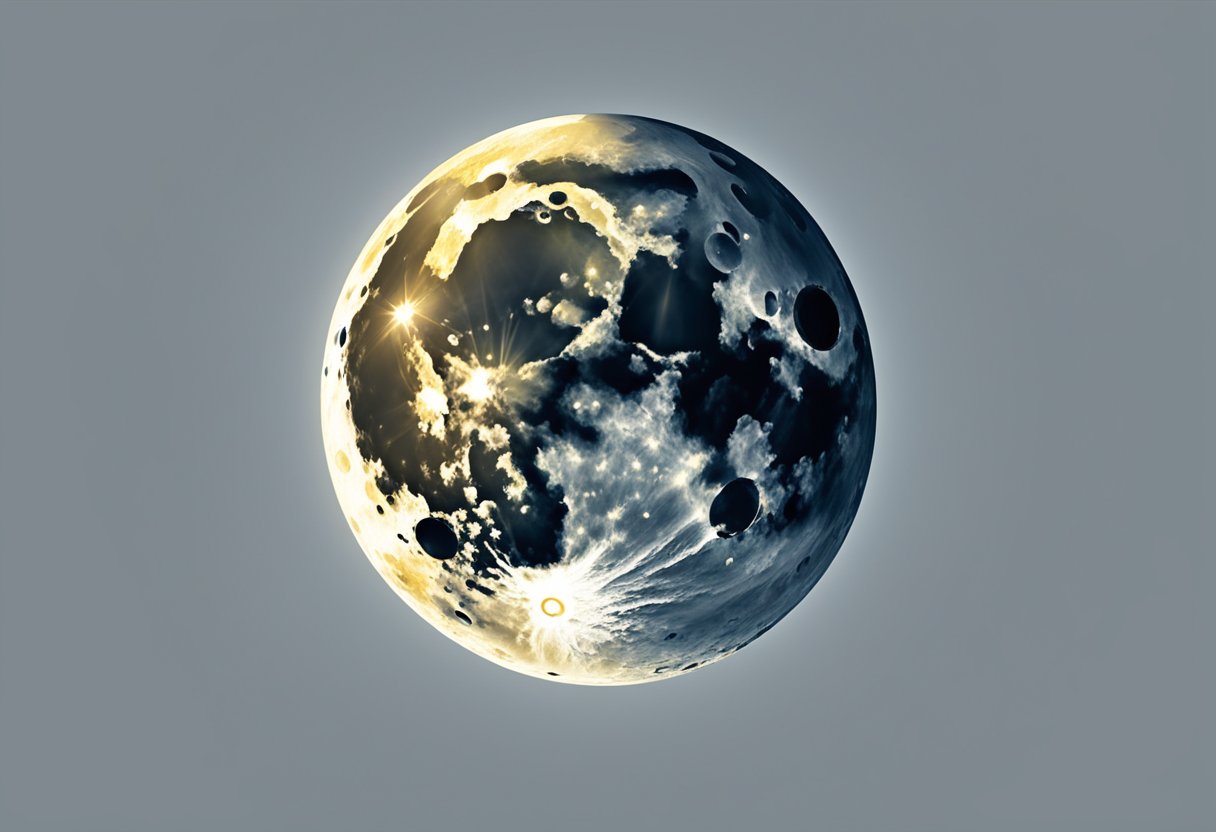
In this section, you’ll gain a deeper understanding of why you can sometimes see the Moon in the sky during daylight hours. It’s a nuanced dance between the positions of the Moon, Sun, and Earth as well as the changing phases of the Moon.
Positional Relationship of the Sun, Moon, and Earth
The Sun, Earth, and Moon are part of a celestial ballet that dictates when each can be seen from our planet. During its orbit, the Moon positions itself at various points relative to the Earth and Sun, leading to instances where both the Moon and Sun are visible in the sky at the same time. This visibility is not a rare event; it’s a predictable outcome of the Moon’s orbital path, which is tilted about 5 degrees relative to the Earth’s orbital plane around the Sun. Therefore, the Moon is often above the horizon while the Sun is too, except during the new moon phase.
Phases of the Moon
The Moon’s phases are a result of its orbit around the Earth, which causes different portions of its surface to be illuminated by the Sun over a 29.5-day lunar cycle. Here is a brief rundown of the primary phases:
- New Moon: The Moon is between the Earth and Sun, making it invisible from Earth.
- First Quarter: Half of the Moon’s surface is illuminated, and it’s visible in the afternoon and early evening.
- Full Moon: The entire face of the Moon is illuminated, and it’s typically visible all night.
- Last Quarter: Again, half of the Moon’s surface is illuminated, but this time it’s visible from late night through the following morning.
When you observe the Moon during the day, it’s usually in its first quarter phase. In this phase, the Sun’s rays illuminate half the Moon, and it’s positioned in the sky in such a manner that both the Moon and Sun are visible to you from Earth’s surface.
Optical Phenomena
In exploring how the moon can be visible when the sun is also in the sky, it is essential to understand the roles that light reflection and refraction, as well as atmospheric effects, play in this optical phenomenon.
Light Reflection and Refraction
The moon is visible during the day due to the reflection of sunlight. The Moon’s surface acts as a reflector, redirecting sunlight that reaches it back towards the Earth. This is similar to how optical measurements of the Moon can reveal details about its surface. Moreover, refraction, the bending of light as it passes through different mediums, can affect the apparent position of the moon in the sky, although to a lesser extent compared to its nighttime visibility.
Atmospheric Effects
The atmosphere of Earth can cause various optical phenomena that affect the appearance of the moon. This includes the Moon Illusion, where the moon appears larger near the horizon. This is not a result of atmospheric magnification but rather a cognitive perception. Atmospheric scattering of light can also color the moon especially during sunrise or sunset when the moon can appear reddish. These effects are part of what make observing the moon such a dynamic and variable experience.
Observing the Moon During the Day
The Moon is visible during the day due to its phases and position relative to the Earth and Sun. Understand when and how to spot it best with the following guidance.
Best Time to See the Moon
To optimize your chances of seeing the Moon during daylight, aim to look up when it is in its first quarter phase. This is typically when half the Moon is illuminated and easily visible in the afternoon sky. Another suitable time is just before a full moon; you’ll find the Moon rising in the east as the Sun is about to set in the west.
- First Quarter Phase: Look in the afternoon.
- Just Before Full Moon: Observe in the early evening as the Sun sets.
Visibility Factors
Several factors influence the visibility of the Moon in the daytime sky:
- Light Conditions: Bright sunlight can outshine the Moon, making it harder to see.
- Atmospheric Conditions: A clear sky enhances Moon visibility, while clouds or haze can obscure it.
- Position in the Sky: A higher Moon position makes it easier to spot away from the sun’s glare.
Keep in mind that the Moon’s visibility is higher when not in the new Moon phase, as it is too close to the Sun to be seen.
- Avoid New Moon: When Moon and Sun are too close in the sky.
- Check Weather: Clear skies are optimal.
Historical Understanding
Your journey into the history of astronomy reveals how ancient civilizations and scholars tried to explain why the Moon is visible at the same time as the Sun.
Ancient Explanations
Ancient civilizations observed the sky to decipher the rules governing the heavenly bodies. Babylonians and Greeks, noted for their meticulous sky observations, often attributed divine qualities to celestial events. They understood lunar phases and noticed that the Moon is not exclusively a nocturnal object, occasionally sharing the sky with the Sun.
Evolution of Astronomical Theories
Moving forward in time, the heliocentric model, helmed by astronomers like Copernicus, further clarified celestial mechanics. This model accurately described the Moon’s orbit around Earth and how both Earth and Moon orbited the Sun, contributing to situations where both the Sun and Moon are visible in the sky. Modern understanding, deeply rooted in physics, provides a detailed explanation of this phenomenon, which you can find well-documented in literature such as The Crossover of the Sun and the Moon and Moon-Earth-Sun: The oldest three-body problem. These resources highlight the intricate dance of celestial mechanics that makes such an occurrence not only possible but a regular feature of our sky.
Modern Scientific Explanations
The phenomenon where you might see the moon during the day is a normal part of the moon’s orbit. The moon orbits the Earth, and in turn, Earth orbits the sun. As a result, there are times when the sun’s light illuminates the moon while the sun is still visible in the sky. Here’s a simple breakdown of why this happens:
- Sunlight: The moon shines because it reflects sunlight.
- Moon’s Orbit: The moon’s orbit around Earth is on average a 29.5-day cycle, and this cycle includes phases where the moon is visible during daylight hours.
- Visibility: Depending on where the moon is in its orbit, it might be positioned in the sky at the same time as the sun, making it visible during the day.
Educational research has shown that visual representations can aid in understanding the phases of the moon. For instance, you might witness a quarter moon during the afternoon; this is simply because of its position relative to Earth and the sun during its phases.
Understanding the positioning:
- The moon’s visibility is not tied to the sun’s presence in the sky. It’s all about angles and the reflective properties of the moon’s surface.
- The sun-Earth-moon constellation determines what phase the moon is in and thus when it appears in our sky.
For further reading on the detailed interactions between the Earth, sun, and moon, consider reviewing educational materials like “Moon -Earth- Sun: The oldest three-body problem”, which provides greater historical context and scientific analysis.
Frequently Asked Questions
In this section, you’ll find concise explanations addressing common questions about the moon’s visibility during the day, its phases, and the scientific principles that explain these phenomena.
Why is the moon visible during the daytime?
The moon is visible during the daytime because sunlight reflects off its surface. As the moon orbits Earth, there are times when it’s positioned in the sky at the same time as the sun, allowing you to see it during daylight hours.
What does the opposite side of Earth see when the moon is visible during the day?
When the moon is visible from your location during the day, the opposite side of Earth experiences night and the moon is not in their sky. They will see the moon at a different time depending on the moon’s orbit.
Can you explain the phases of the moon and why we see only part of it during the day?
The phases of the moon are a result of its orbit around Earth and the angle at which sunlight strikes it. During the daytime, you might see only part of the moon illuminated because the rest is in shadow, determined by the positions of the Earth, moon, and sun.
Is there a scientific explanation for seeing the moon and sun in the sky at the same time?
Yes, seeing the moon and sun in the sky at the same time is explained by the positioning of the moon in its orbit around Earth. It’s not unusual for the moon to be visible while the sun is also out, especially just before sunset or just after sunrise.
What are some misconceptions about the moon’s visibility during daylight hours?
Common misconceptions include the belief that the moon is only out at night or that it’s unusual to see the moon during the day. However, the moon is often above the horizon during daylight, just less noticed due to the brightness of the sun.
How does the moon’s orbit affect its visibility in the daytime and nighttime?
The moon’s orbit around Earth, which takes approximately 27.3 days, determines its rise and set times, which shift daily. This shifting pattern, along with the moon’s phases, governs its visibility in both the daytime and nighttime skies.

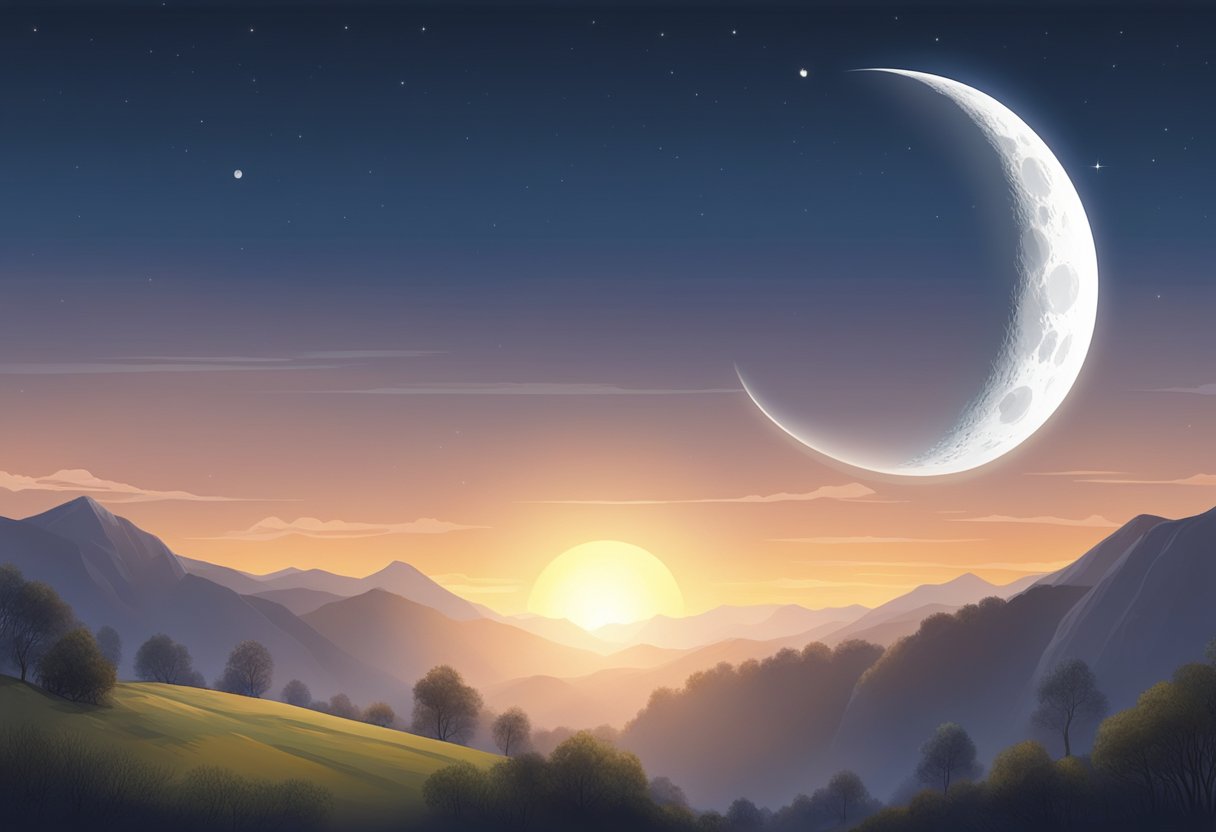
![Sky Watcher EvoStar 100 APO Review [year]](https://observationhobbies.com/wp-content/uploads/2024/01/Sky-Watcher-EvoStar-100-APO-Review-768x525.png)
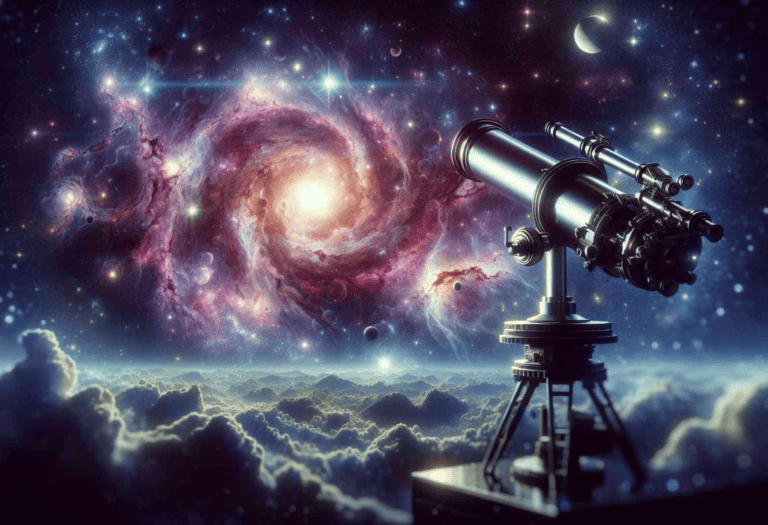
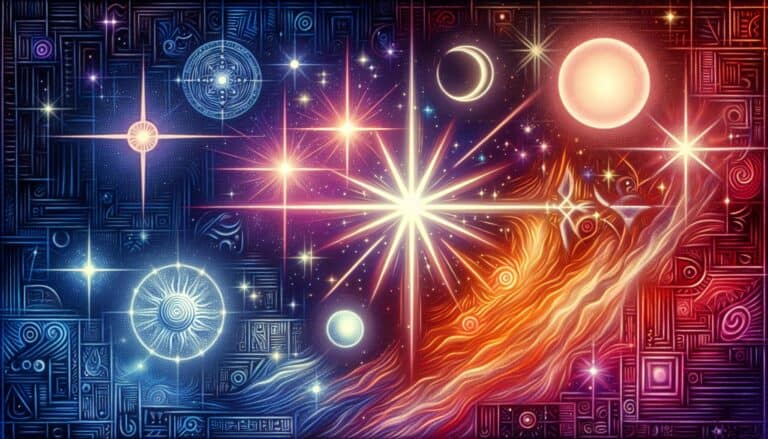
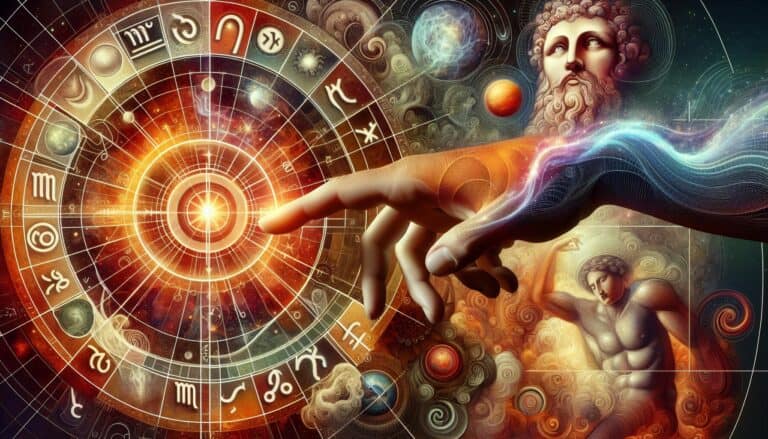
![Best Barlow Lenses for Your Telescope: Top [year] Picks](https://observationhobbies.com/wp-content/uploads/2024/01/Best-Barlow-Lenses-for-Your-Telescope-768x525.png)
![Best Telescope Eyepiece for Viewing Planets: Top [year] Picks](https://observationhobbies.com/wp-content/uploads/2024/01/Best-Telescope-Eyepiece-for-Viewing-Planets-768x525.png)